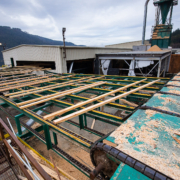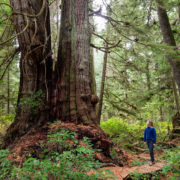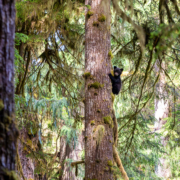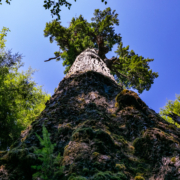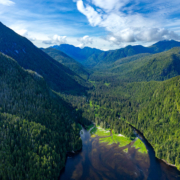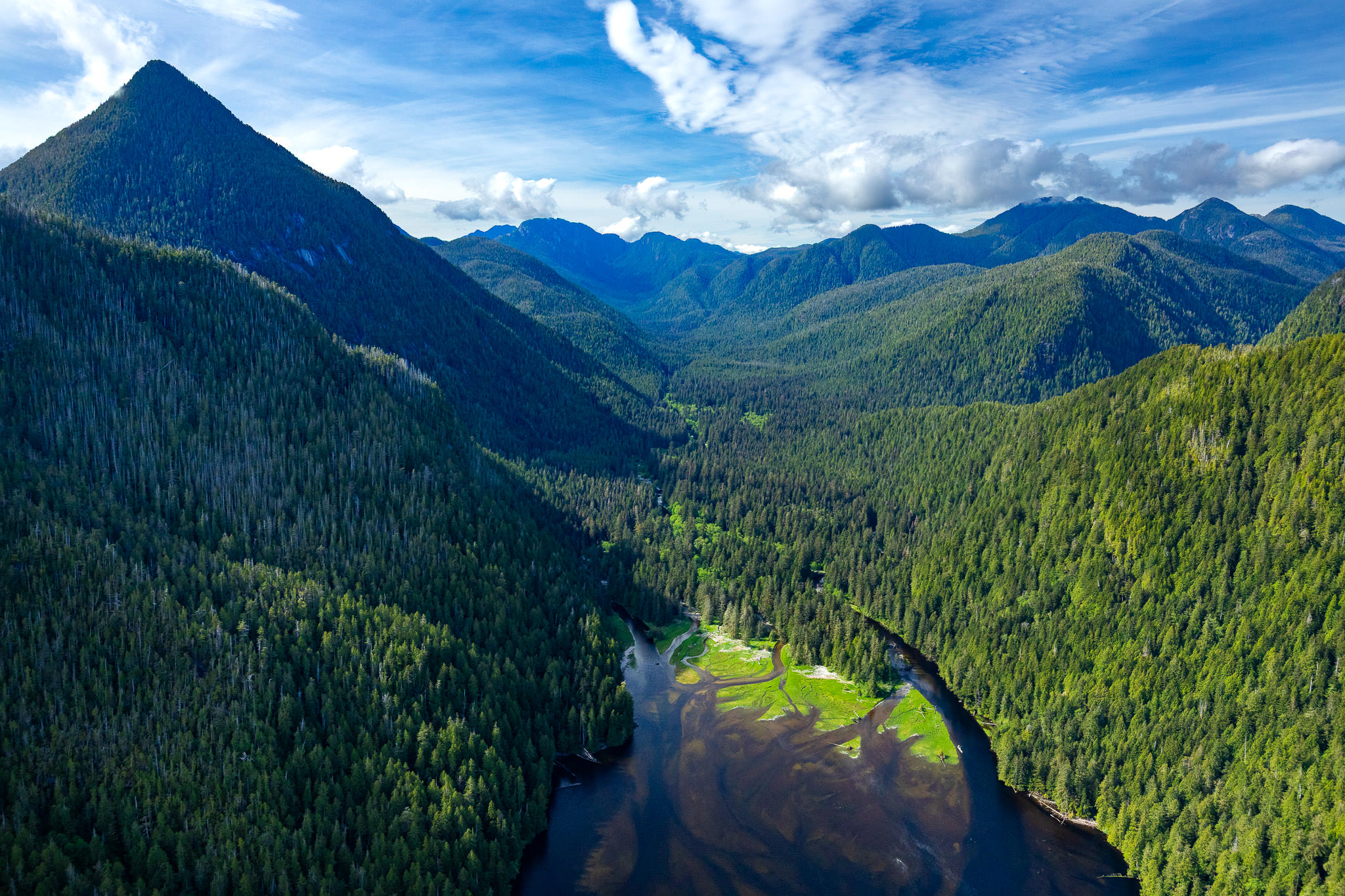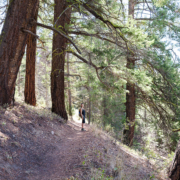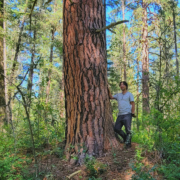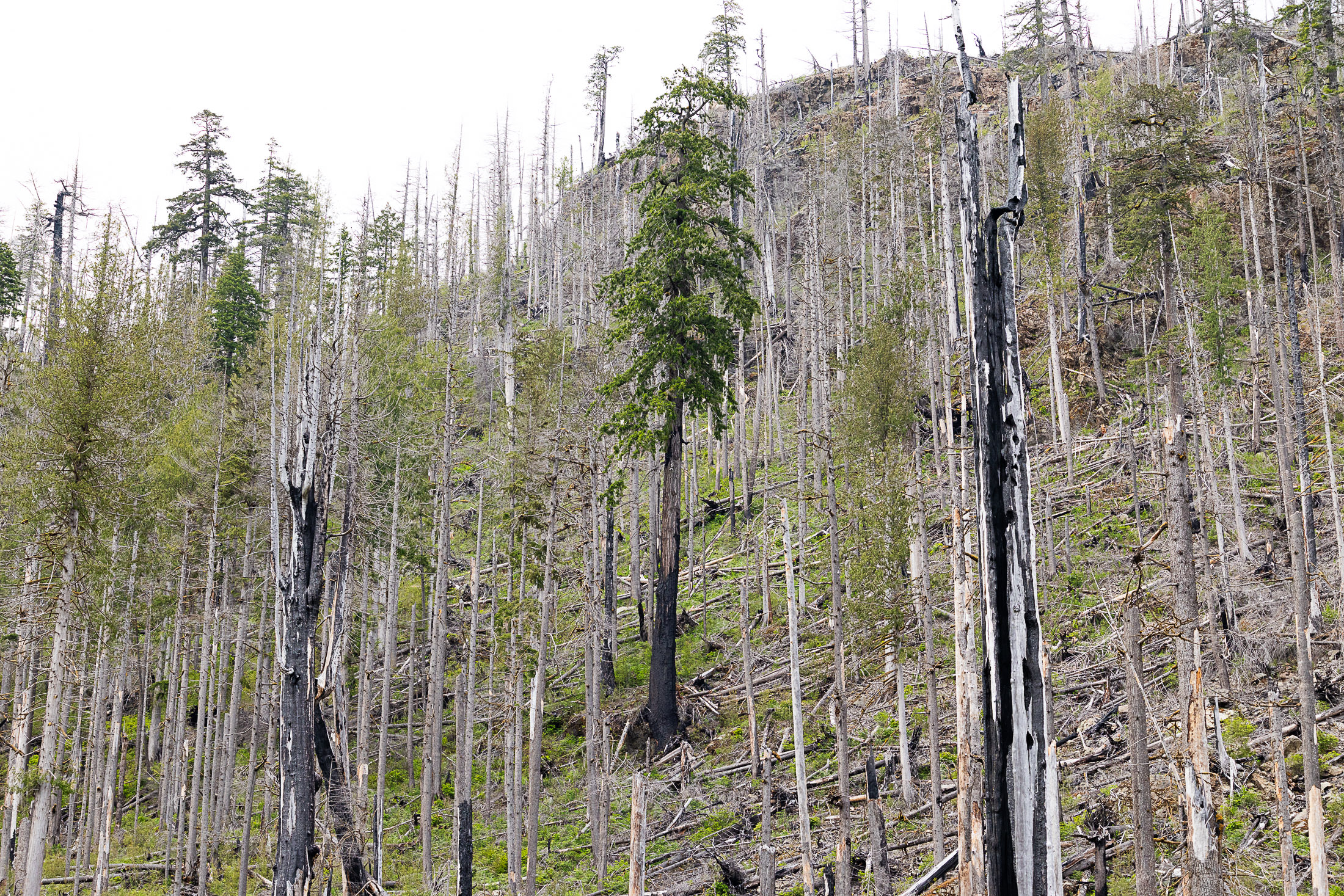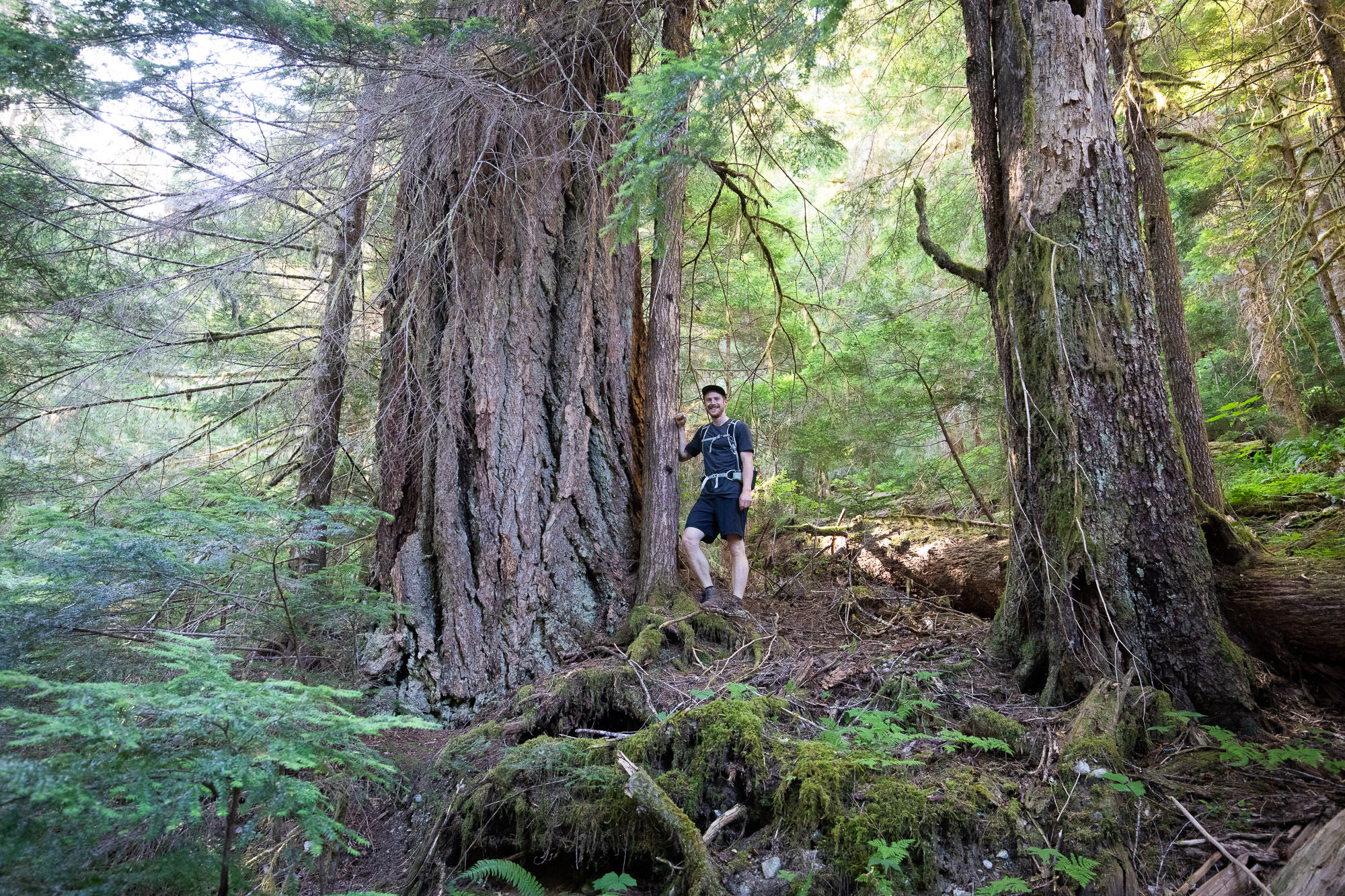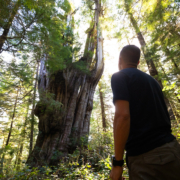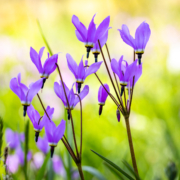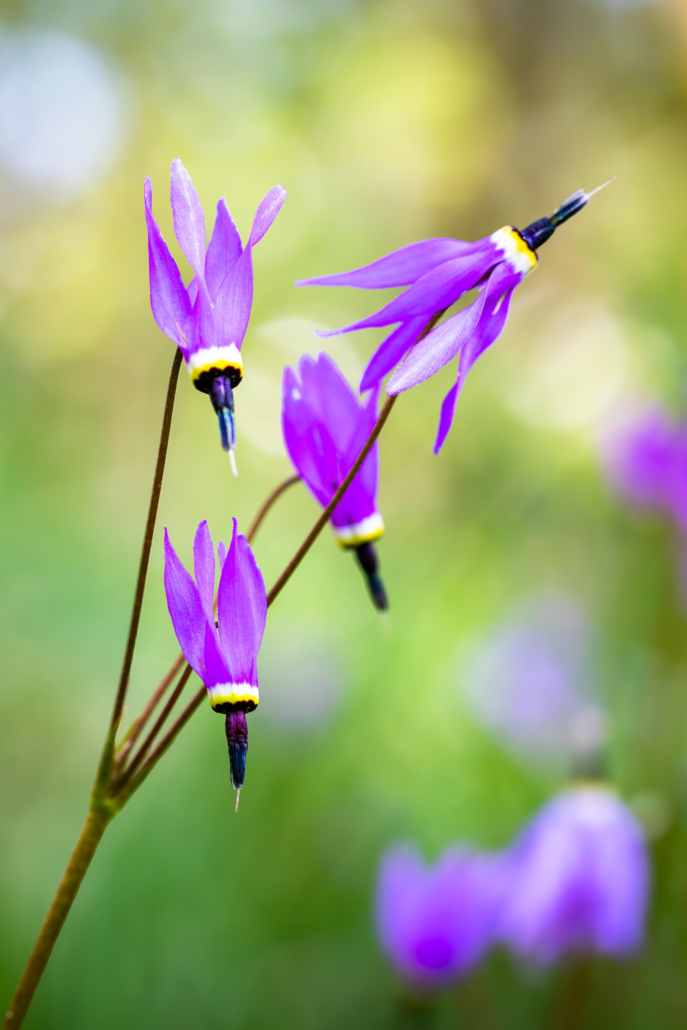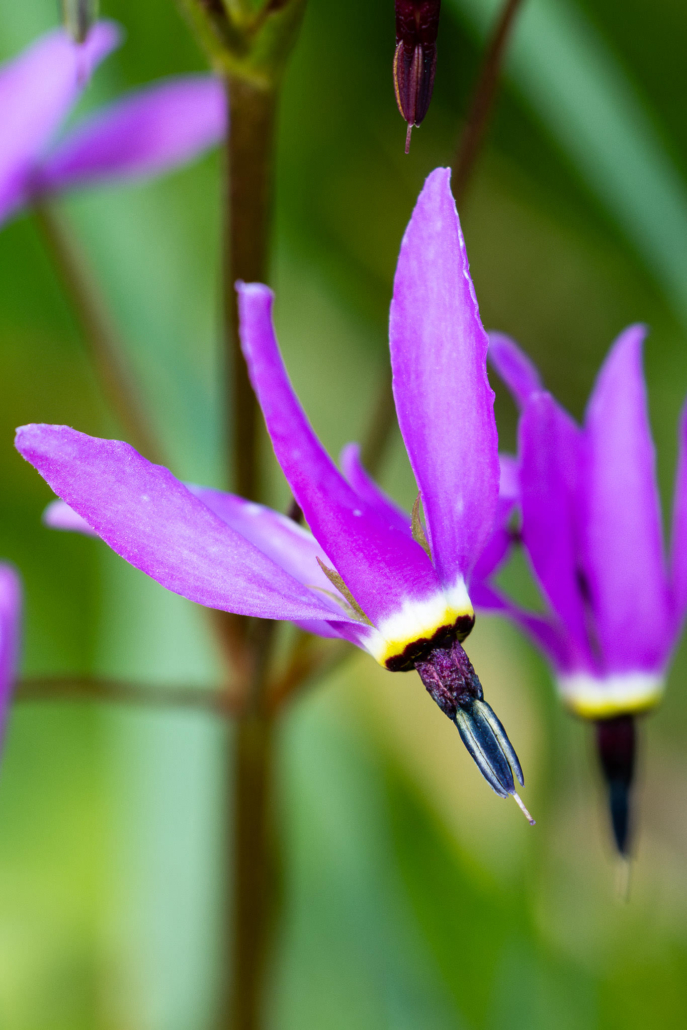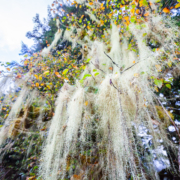$1.2B Federal Forestry Funding Is BC’s Chance to Future-Proof Economy With Smart, Modern Forest Industry
Victoria, BC — The Ancient Forest Alliance (AFA) and Endangered Ecosystems Alliance (EEA) are calling on the BC and federal governments to tie the federal government’s $1.25 billion softwood lumber industry support package, announced by Prime Minister Carney in August and reaffirmed at his “strategic response fund” announcement to US tariffs last week, to help transition BC’s forest industry into a sustainable, value-added second-growth industry and away from old-growth logging. This shift is urgently needed to modernize and future-proof BC’s forest economy, supporting forest industry jobs while safeguarding the remaining endangered old-growth forests. Access to the funds should be conditional on industry applicants meeting stipulations that ensure this sustainable transition.
Under the federal package, $700 million will be available in loan guarantees to help forestry companies restructure and reduce reliance on U.S. exports. Another $500 million will support market diversification and the development of new products, such as low-carbon, wood-fibre-based insulation, while $50 million will retrain forestry workers affected by industry transformation. Given BC’s share of the Canadian timber industry, the province is expecting to receive 40–50% of this funding. The announcement comes as U.S. duties on Canadian softwood lumber imports reach 35.19%.
“This is an unprecedented economic opportunity for British Columbia to build a modernized, value-added, second-growth forest industry, while ending old-growth logging. We need to immediately shift the dependency of BC’s timber industry away from old-growth and log exports towards value-added, second-growth forestry, and here’s a first-rate opportunity to do so if the right stipulations are attached for companies to access the $1.2 billion federal fund. Conversely, failure to attach the right conditions to the funding can help reinforce BC’s economic path-dependency on logging its last old-growth stands into extinction,” said Ken Wu, Executive Director of the Endangered Ecosystems Alliance.
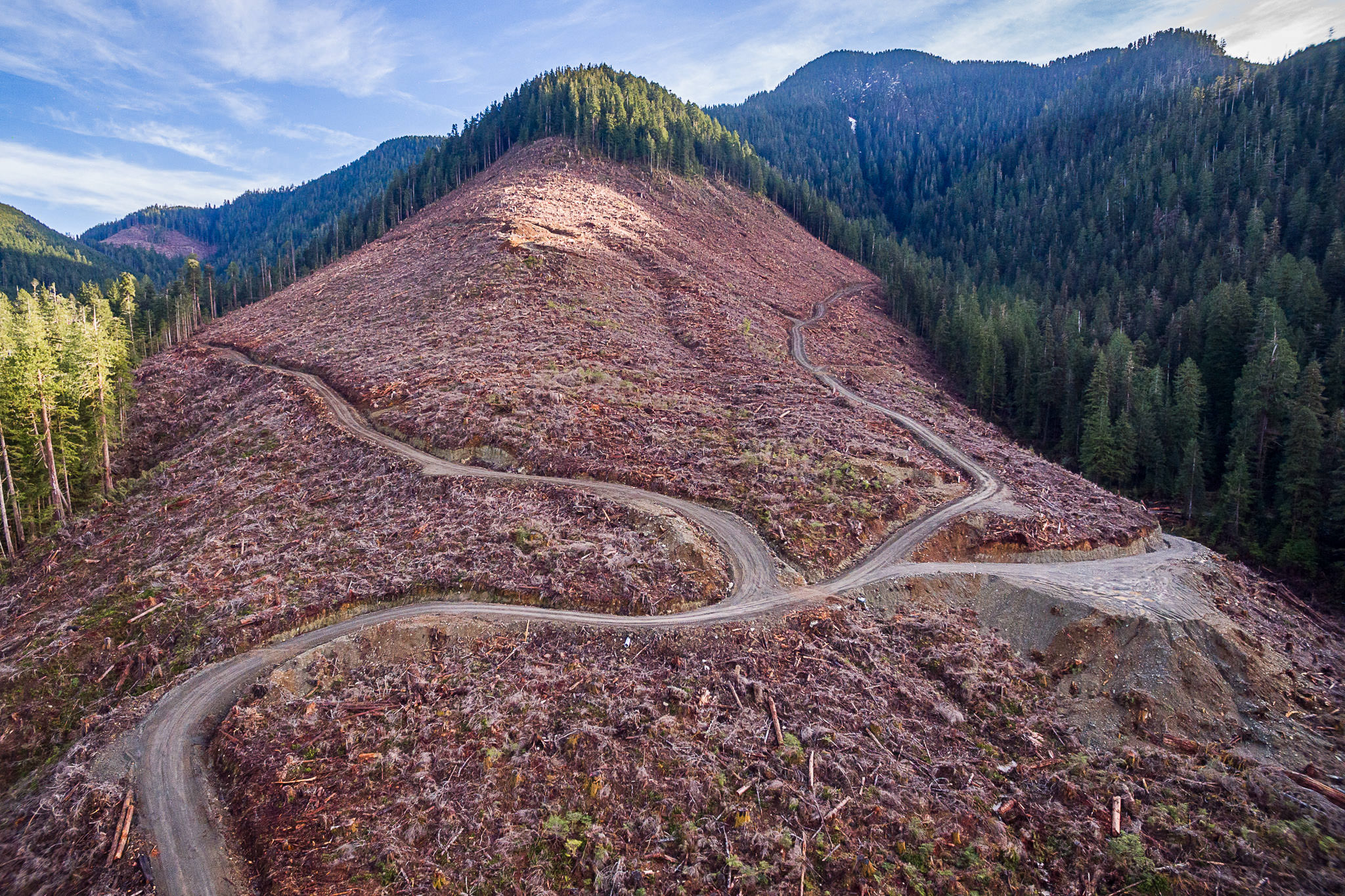
A sprawling old-growth clearcut nearly 40 hectares in size by Teal-Jones in the Caycuse Valley in Ditidaht territory on Vancouver Island, BC.
BC’s forest industry is in long-term decline, driven by decades of massive overcutting by the timber industry and compounded by climate impacts like pine beetle outbreaks and expanding wildfires. As old-growth stands are depleted and harvesting shifts to second-growth, BC has failed to retool its old-growth mills to handle the smaller logs. As a result, coastal second-growth logs are largely exported to foreign mills, and along with them, BC jobs.
In addition, raw log exports have historically been exempt from U.S. duties in the softwood lumber dispute, creating a further incentive to send unprocessed logs to U.S. mills — leaving BC with both the environmental loss and missed economic opportunity for processing jobs within the province.
To keep BC’s forestry sector competitive and sustainable, AFA and EEA are urging the province to use its share of federal funding to launch a “Smart Forest Industry” incentive program that accelerates investment in value-added and engineered wood products made only from second-growth stands. This program should include rebates provided from the log export “fees in lieu”, PST and property tax relief for value-added manufacturers, and government support for research and development into market expansion of sustainable second-growth wood products.
Additional measures that require government regulations are also needed, including quickly ending or phasing out raw log exports, establishing regional log sorts, and promoting eco-forestry practices, such as longer logging rotations, selective commercial thinning, and pruning lower limbs to produce higher-value saw logs. These would further scale up the transition, improving wood fibre supply and creating more jobs per cubic metre logged.
“BC is one of the last jurisdictions on Earth still logging old-growth forests. It simply can’t continue,” said TJ Watt, Campaign Director of the Ancient Forest Alliance. “Around the world, forestry sectors are embracing cutting-edge technologies to produce durable, engineered wood products from smaller, second-growth logs. BC has lagged behind. With wood fibre supplies dwindling and regulatory uncertainty growing, the province must act now to invest in a modern, sustainable forestry sector that creates long-term jobs and keeps BC competitive in the global market.”
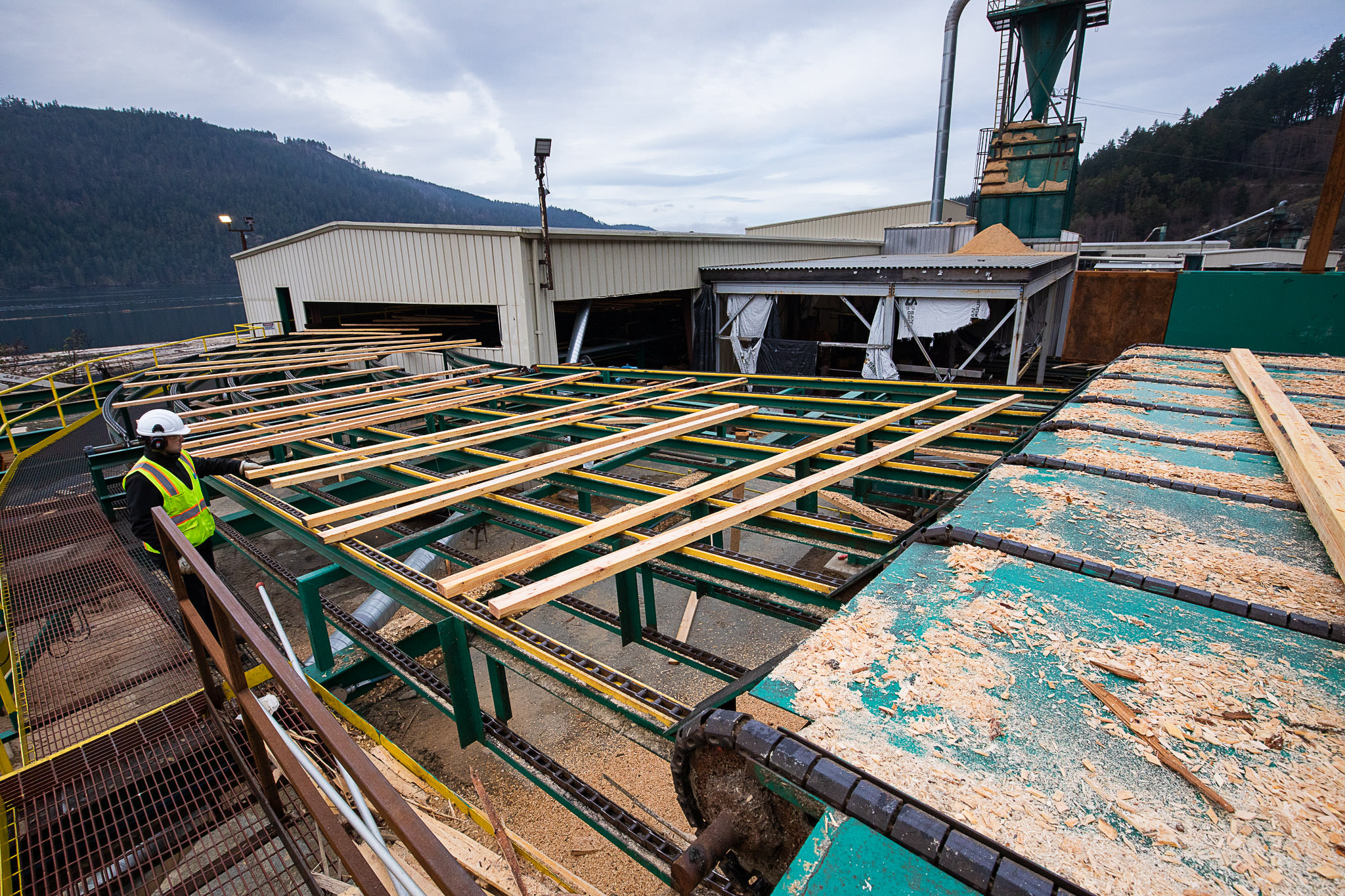
Lumber made from second-growth wood rolls through the former San Group Mill in Port Alberni. Facilities processing smaller diameter logs would have benefited from a fund with the stipulations that we are proposing.
AFA and EEA’s full list of policy recommendations for the provincial government to protect the remaining endangered old-growth forests and transition toward sustainable, value-added, second-growth forestry in BC is as follows:
- Establish a BC Protected Areas Strategy to proactively pursue the protection of priority ecosystems through shared decision-making with First Nations.
- Develop Ecosystem-Based Protection Targets to ensure endangered ecosystems and big-tree old-growth forests are fully protected in both legislated protected areas and in conservation reserves (forest reserves). The forthcoming Biodiversity and Ecosystem Health Framework offers the greatest opportunity to implement these targets.
- Provide “solutions space” funding to First Nations to help secure the remaining 1.3 million hectares of priority old-growth deferrals by offsetting lost forestry revenues.
- Ensure a transition to sustainable logging of second-growth forests, which now constitute the vast majority of forest lands in southern BC.
- Close logging loopholes by ending logging in forest reserves such as Old-Growth Management Areas and Wildlife Habitat Areas, and ensuring commercial logging within parks or conservation reserves remains prohibited.
- Expand a smart forest industry by incentivizing value-added second-growth manufacturing, ending raw log exports, and promoting eco-forestry.
- Create a BC Conservation Economy Strategy to support eco-tourism, clean tech, and sustainable industries in protected areas.
“The province now faces a clear choice – keep funding destructive old-growth logging and raw log exports, or use this federal funding to transition to a value-added, second-growth forest industry that will build a resilient, sustainable economy for BC, while undertaking the vital and overdue protection of endangered ecosystems,” said Watt.
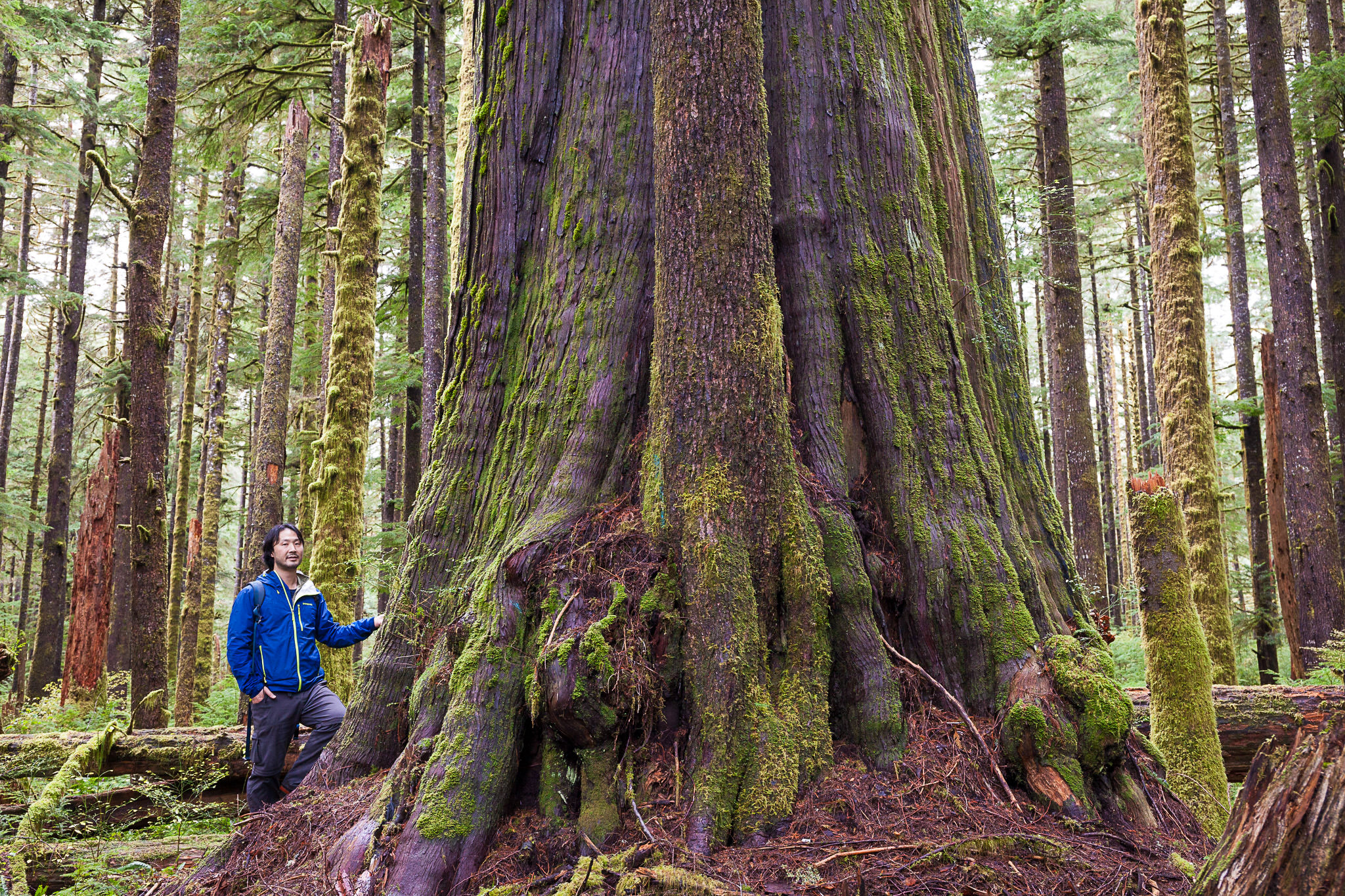
Endangered Ecosystems Alliance’s Executive Director Ken Wu beside a giant old-growth cedar tree in the unprotected Eden Grove near Port Renfrew in Pacheedaht territory on Vancouver Island, BC.

